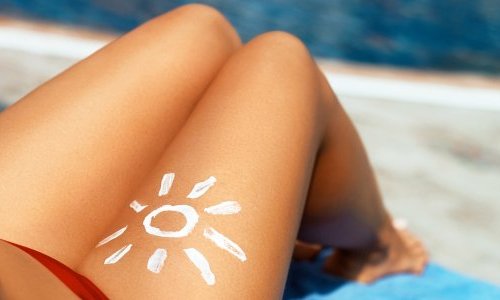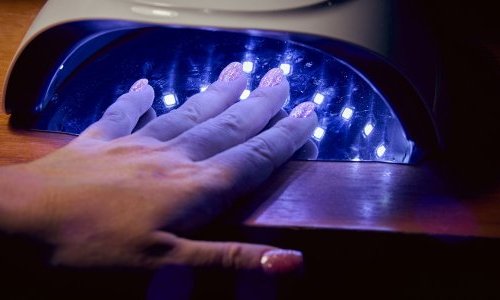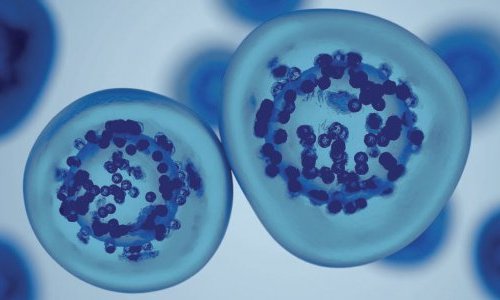
Damages that UV light from the sun or from tanning beds cause to the skin and to the DNA in melanocytes, the cells that make the melanin that gives skin its colour, are well known. While melanin used to be considered as protecting the skin by blocking harmful UV light, several studies have suggested that melanin could also associated with skin cell damage.
In a study published online by the journal Science on February 20, a team of researchers led by Douglas E. Brash, clinical professor of therapeutic radiology and dermatology at Yale School of Medicine [1], found that melanin had both carcinogenic and protective effects. Actually, the study showed that the same kind of DNA damage occurs in melanocytes during sun exposure and hours after the sun exposure ended. “What’s surprising here, is that melanin is actually doing something that can cause cancer,” said Pr. Brash, also a member of Yale Cancer Centre.
After sun DNA damage
The researchers first exposed mouse and human melanocyte cells to radiation from a UV lamp. The radiation caused a type of DNA damage known as a clobutane pyrimidine dimer (CPD), preventing the information carried by DNA from being read correctly. To the researchers’ surprise, the melanocytes not only generated CPDs immediately but continued to do so hours after UV exposure ended. On the contrary, cells without melanin generated CPDs only during the UV exposure.
The researchers next tested the extent of damage that occurred after sun exposure by preventing normal DNA repair in mouse samples. They found that half of the CPDs in melanocytes were “dark CPDs” - CPDs created in the dark.
“If you look inside adult skin, melanin does protect against CPDs. It does act as a shield. But it is doing both good and bad things,” said Douglas Brash.
Chemiexcitation
In searching for an explanation of these results, Sanjay Premi, associate research scientist in the Brash laboratory, discovered that the UV light activated two enzymes that combined to “excite” an electron in melanin. The energy generated from this process - known as chemiexcitation - was transferred to DNA in the dark, creating the same DNA damage that sunlight caused in daytime.
New preventive tools
While noting that news of the carcinogenic effect of melanin is disconcerting, the researchers also said the slowness of chemiexcitation may allow time for new preventive tools, such as an “evening-after” sunscreen designed to block the energy transfer.
Such a cream, they say, would prevent DNA damage that occurs when UV rays activate two enzymes that send melanin haywire in the chemiexcitation process. “We can imagine designing chemicals that dissipate that energy before it has a chance to transfer to the DNA. And in fact there are chemicals like that that exist and we have used some of them in the researches. But you can imagine getting better ones that would be practical to use on the skin,” added Pr. Brash.




























